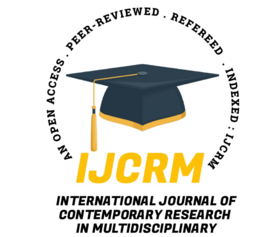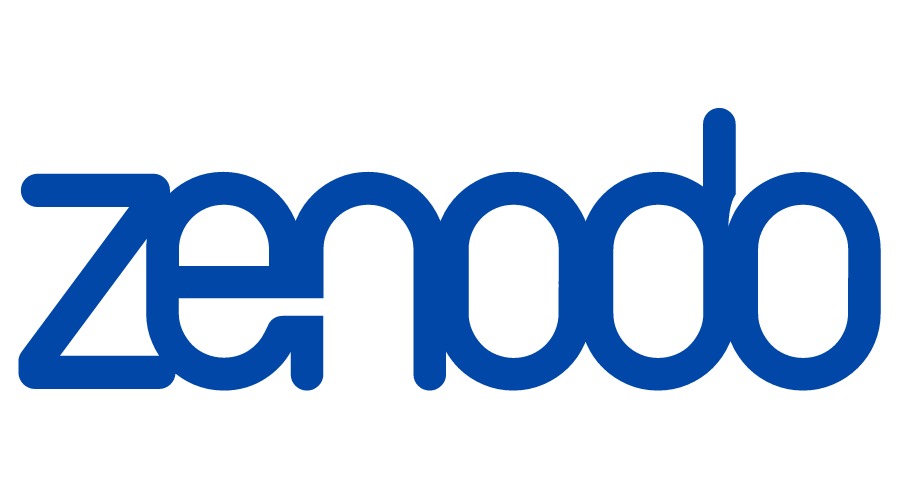International Journal of Contemporary Research In Multidisciplinary, 2025;4(3):501-508
Vyanga Rog Me Manjishtadi Thailam Ke Prabhava Ka Chikitsiya Adhyayana
Author Name: Dr. Ramchandra Dwivedi;
Abstract
Ayurveda, one of the most ancient systems of holistic medicine, continues to offer therapeutic relevance in addressing modern dermatological issues such as melasma. Melasma is a non-infectious hyperpigmentation disorder that often affects the face symmetrically and can cause significant emotional distress, especially among the younger population. In Ayurvedic texts, this condition is identified as Vyanga, categorized under Kshudra Roga, and is marked by painless, bluish-black patches predominantly seen on the facial region. The condition is believed to arise due to aggravated Vata, triggered by emotional stress or physical exhaustion, which then combines with Pitta to cause discoloration. From a modern perspective, melasma results from increased melanin synthesis and its distribution in the skin. Both systems of medicine utilize internal and external treatment modalities. Ayurveda describes internal purification (Antah Parimarjan) and external applications (Bahya Parimarjan) as treatment principles, with references found in classical texts like Sushruta Samhita and Ashtanga Hridaya. However, these references are often scattered, highlighting the need for clinical validation. This study aims to evaluate the therapeutic efficacy of Manjishtadi Thailam, a traditional Ayurvedic formulation, in managing Vyanga and contributing to evidence-based Ayurvedic dermatology.
Keywords
Vyanga, Melasma, Manjishtadi Thailam, Kshudra Roga, Ayurveda, Vata-Pitta, External Therapy, Internal Purification





